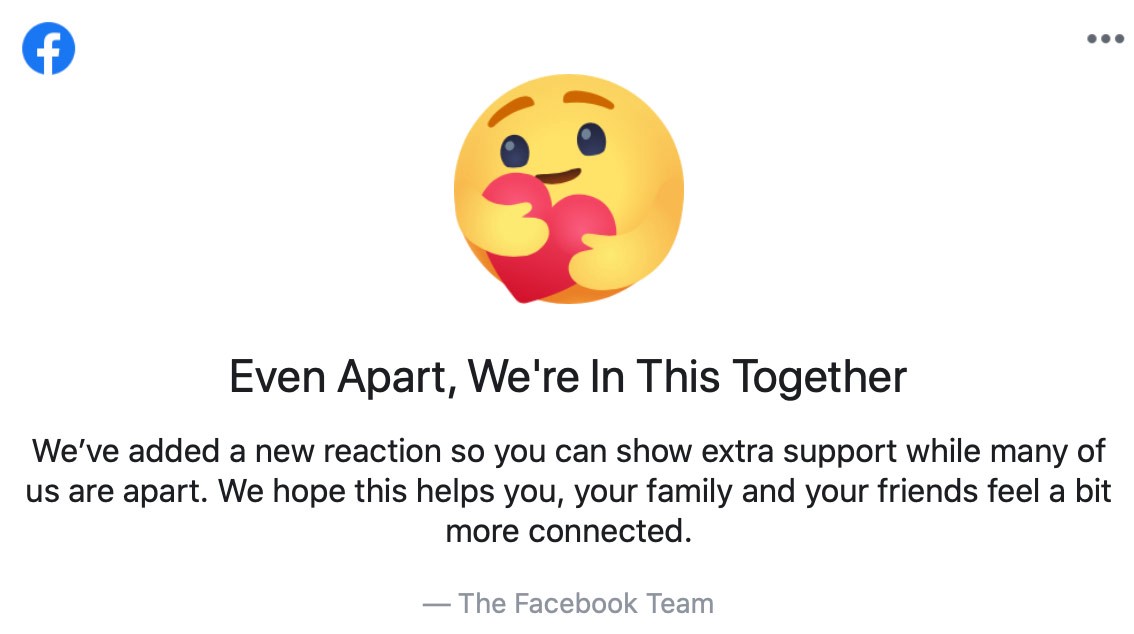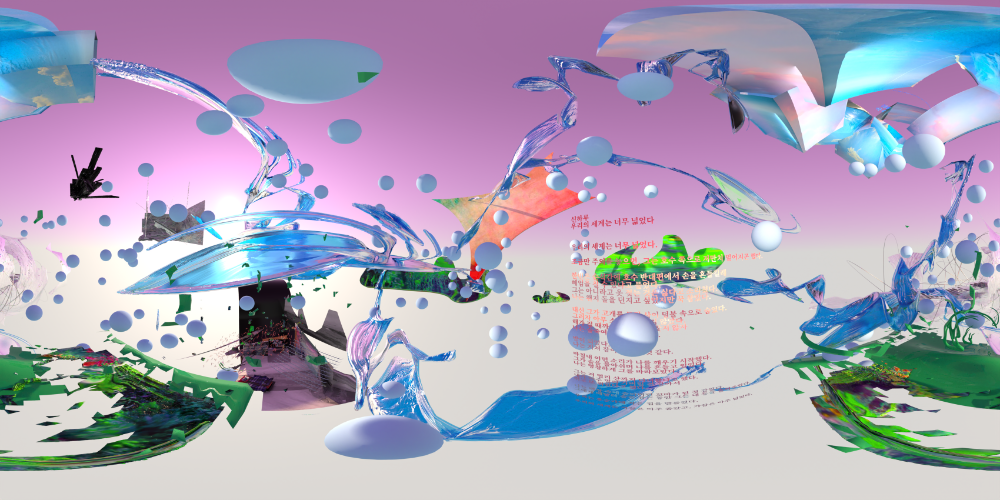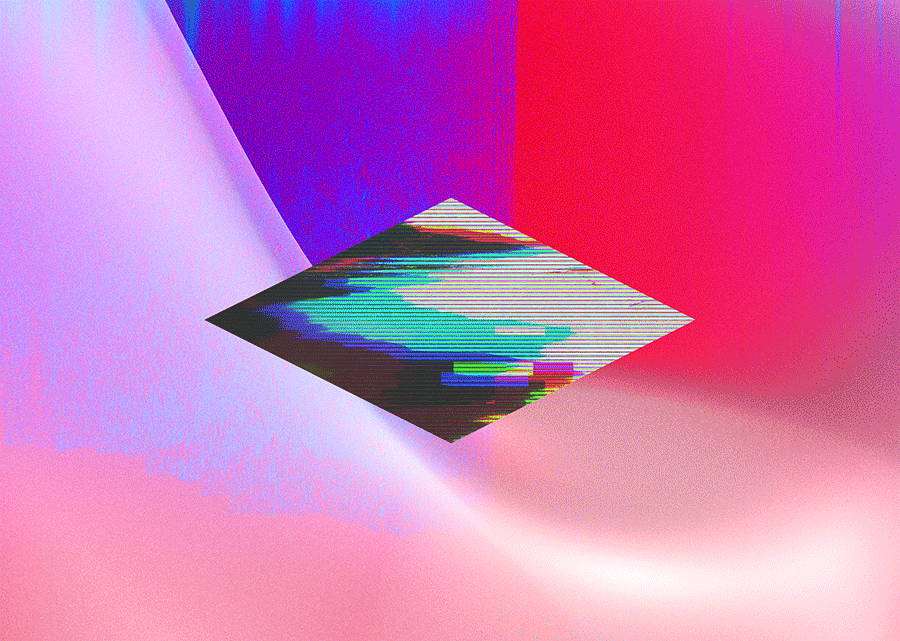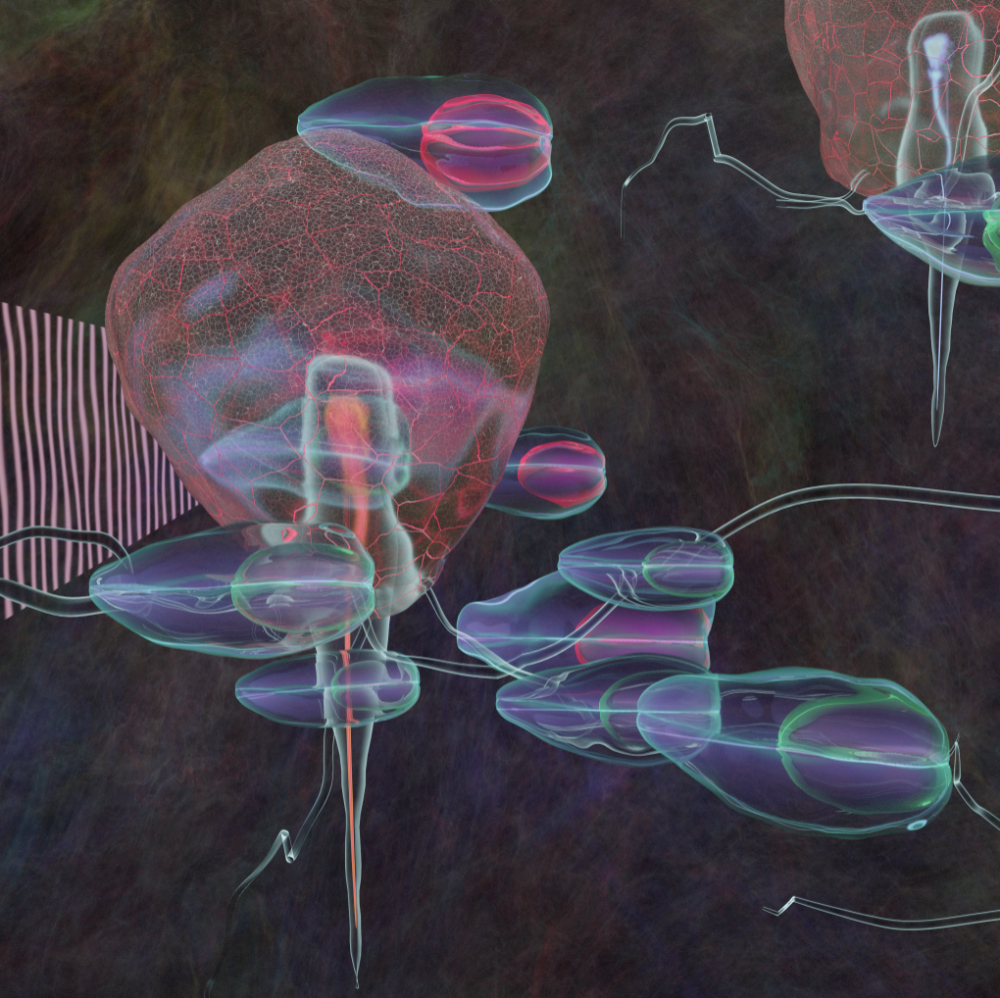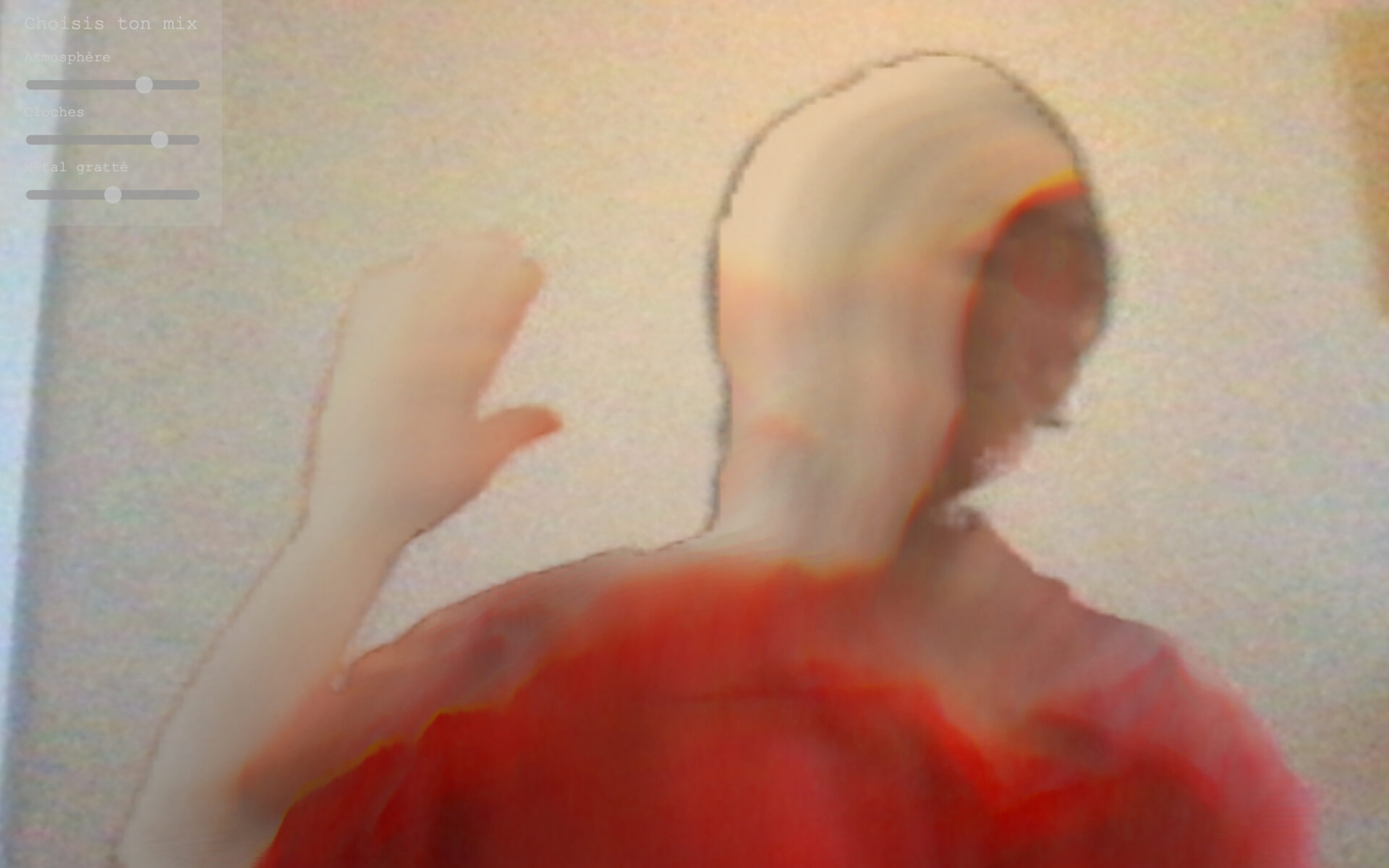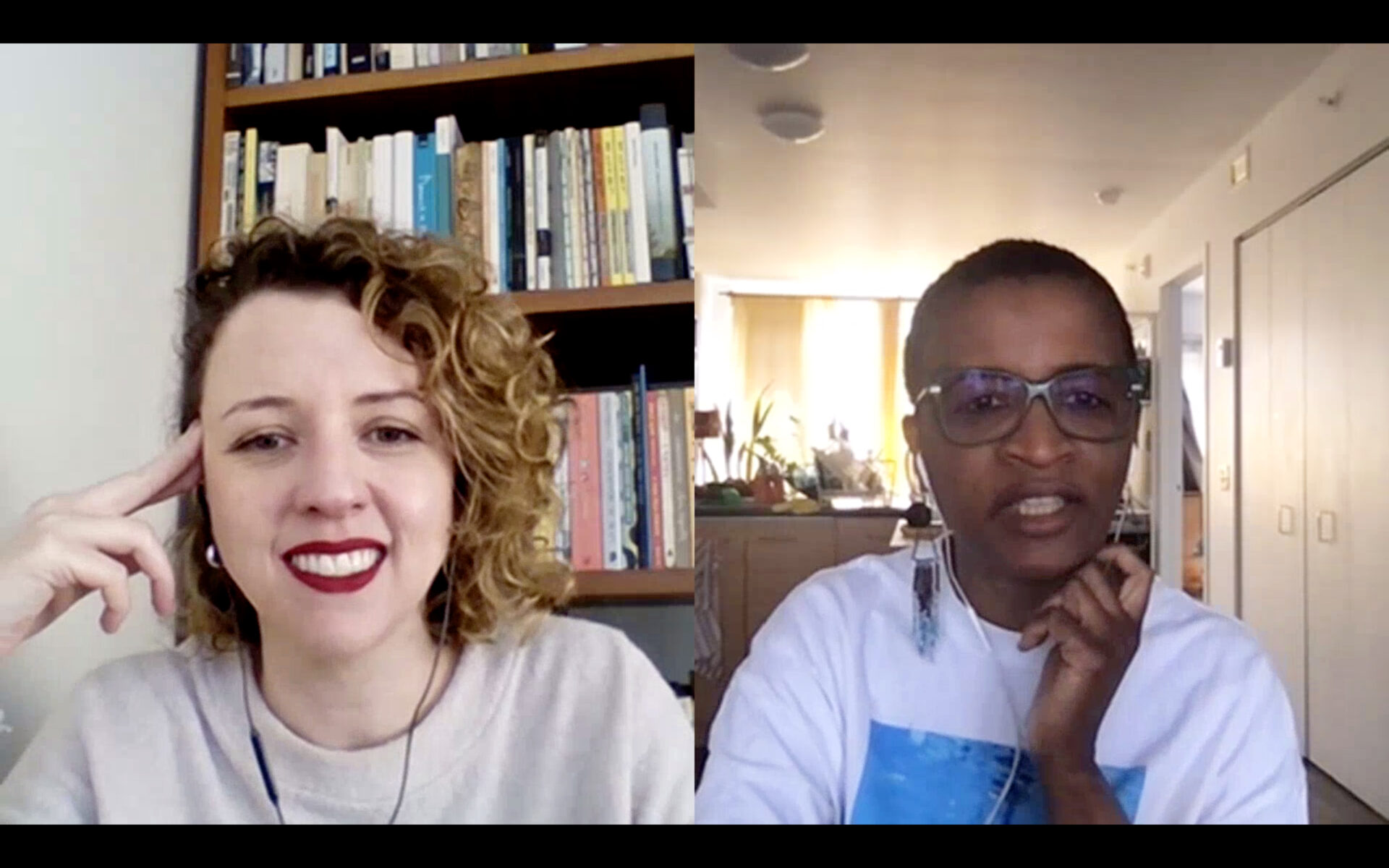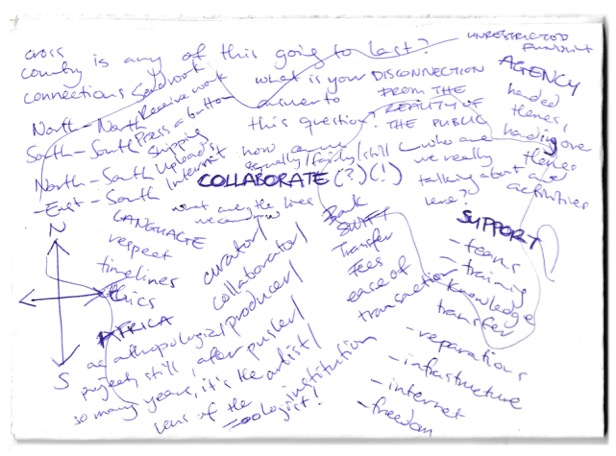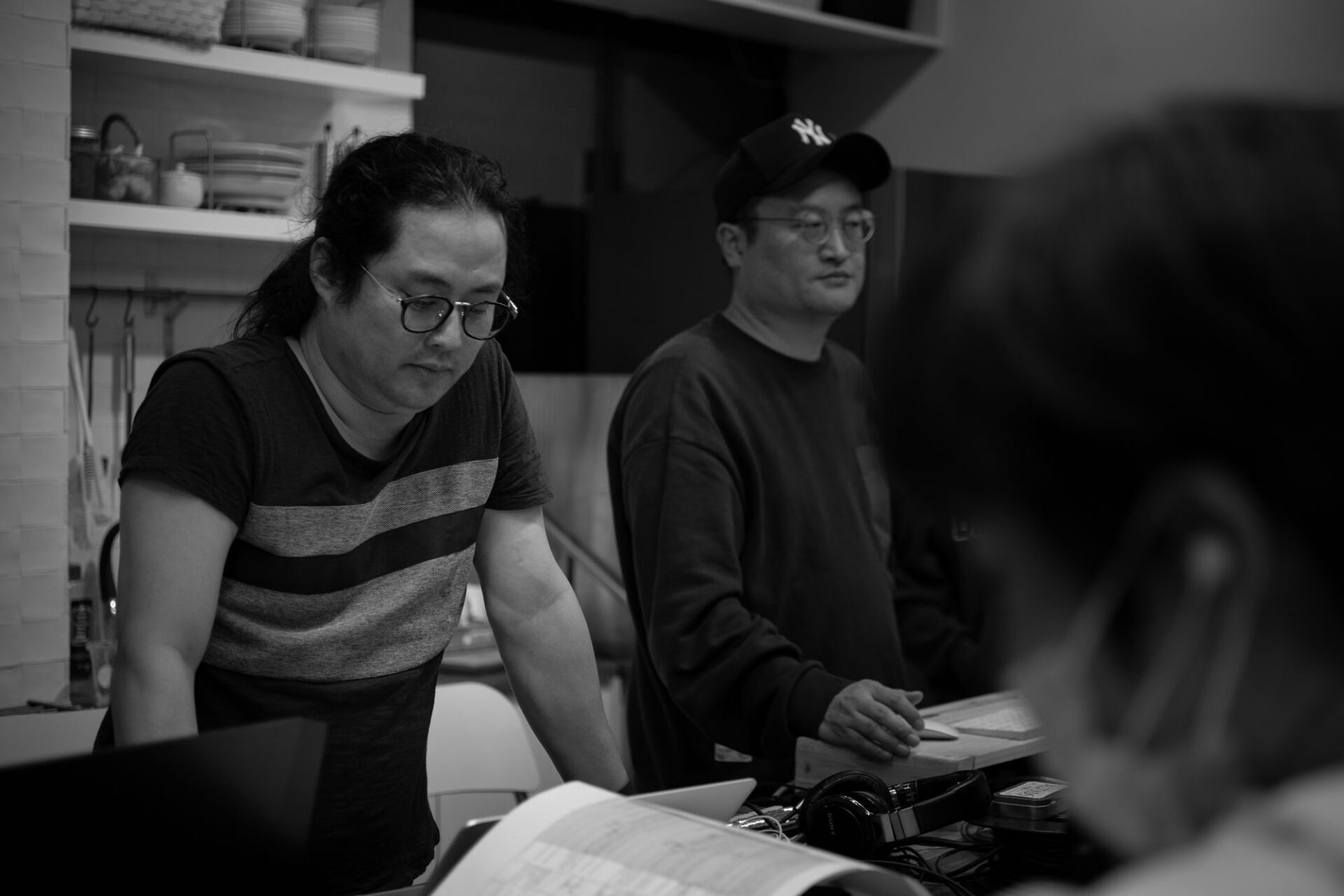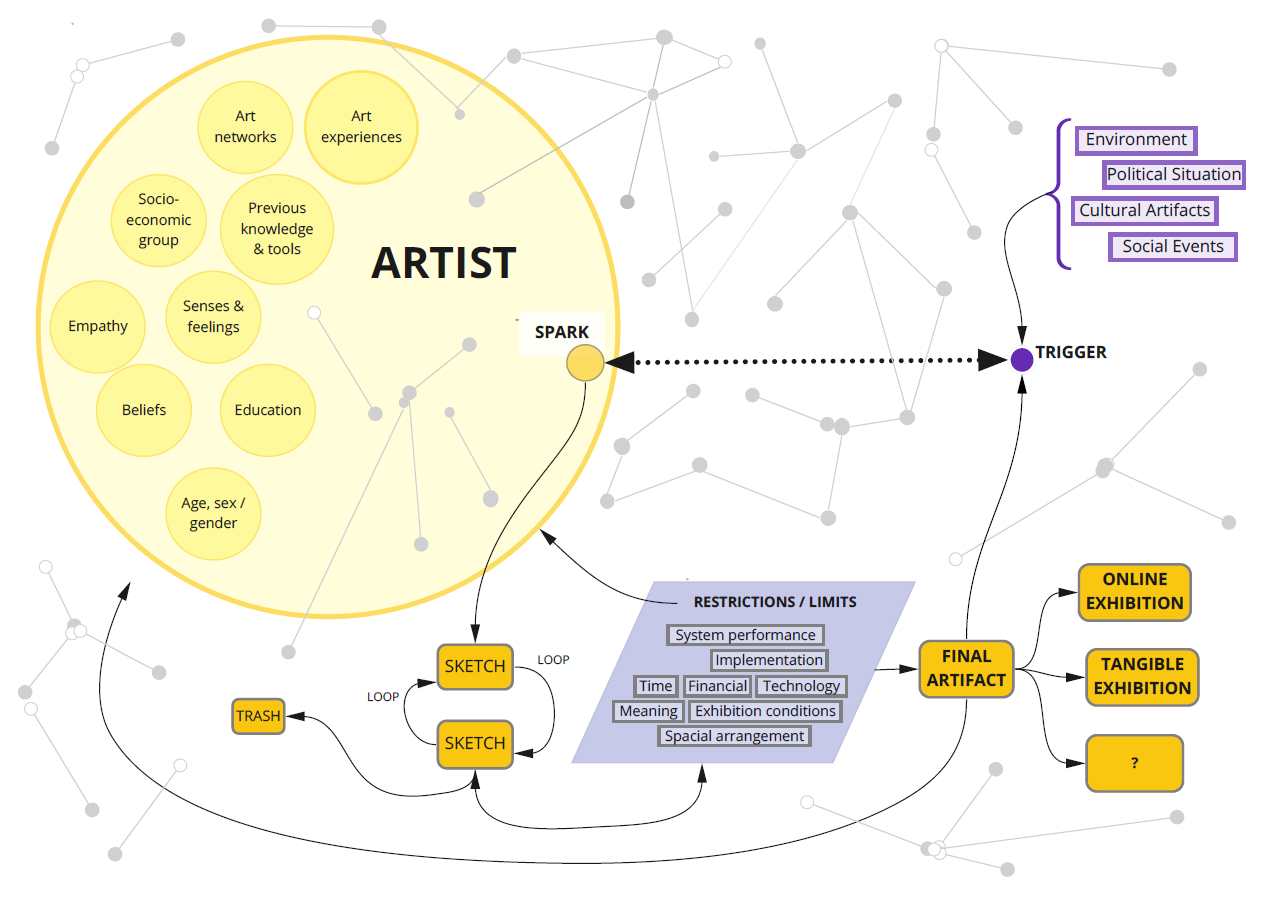Facebook unveiled its ‘care’ react emoji in April of 2020—just as global COVID-19 deaths reached 150,000[1]—and just as galleries and museums began to close to the public. Rampant layoffs and furloughs hit the curatorial class globally, from Cleveland to Amsterdam to Calgary to New York to Toronto to Honolulu. While up to a full third of museums worldwide faced layoffs, its curators were tasked with transforming exhibition programmes into online forms—with mixed results.
Facebook’s emoji emerged at this moment as an expression of an embrace when physical contact was widely prohibited. Launched simultaneously with Facebook’s efforts to combat coronavirus fake news, the cute animated ball was designed as an “expression of compassion.”[2] Many exhibition-makers likewise foregrounded a concern for care and community for their varied publics this year, while Facebook’s ‘Care’ joined the five-year-old pantheon of ‘Like,’ ‘Love,’ ‘Haha,’ ‘Wow,’ ‘Sad’ and ‘Angry’ for its more than two billion users. “Even Apart, We’re In This Together,” we were promised. But exactly how caring is this form of online address? And how adequate are the digital tools that are designed to connect us, including the emergent models for exhibition-making in times of social isolation?
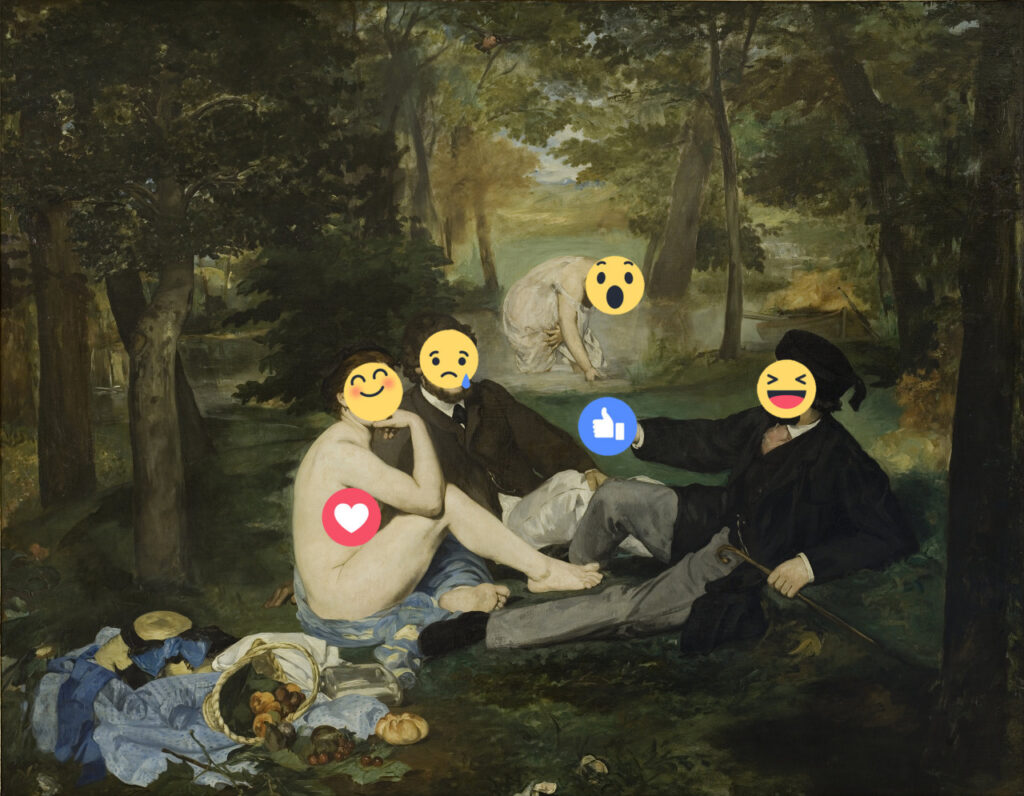
If our digital tools have led us to a “crisis of empathy,” as the social psychologist Sherry Turkle posits, then perhaps the best models for care and community in the art world take place offline.[3] Turkle notes that social media has made us paradoxically more connected and yet more alone than ever before.[4] While we’re constantly networked, our social activity is reduced to the considerably impoverished range of digital tools of our commercial Web 2.0 social environments. Here, as the artist Jess MacCormack playfully illuminates, agency becomes click-bait, laughs become lols, and agonist debates become insular silos among ‘friends’ networked through shared “filter bubbles.”[5] “I share, therefore I am,” Turkle characterizes.[6] And in turn, users of social media tend to treat others in the reduced terms set by those networks: “we take what we need from them in bits and pieces.”[7] This is all the more alarming in that for many, there is no social outside the ‘social’ media. “To live a tweetless life,” the net critic Geert Lovink writes, “is constructed as not living.”[8] Where selfies and upvotes are the material of social activity, a ‘care’ reaction lacks the fundamental qualities of actual caring. Complex social interactions are flattened by the paucity of these technical processes. Such “reduced choices,” Lovink writes, “steer and eventually desensitize users.”[9]
The majority of museums worldwide approached the lockdown by developing social media programmes, by publicizing already online materials, and by digitizing their planned activities.[10] Also—although to a smaller degree—some institutions have developed their first online programming this year—with varying success. Unfortunately, most of these suffered from an ignorance of the rich histories of Internet-based art, and resources to develop such programming are often limited to elite and savvy institutions.[11] Although good models of online exhibition-making have emerged this year, the tendency of the new normal seems to pivot to virtualizing otherwise-offline shows within proprietary Web platforms: concerts telecast to YouTube, exhibition openings in Discord, virtual installations in Second Life and graduate shows posted to Instagram. Events like these have often been well-attended, as they utilized pre-existing groups of social media users rather than attempting to transpose offline audiences into online spaces.
However, tight-knit art scenes have also achieved just this—online art events that successfully migrate their offline communities. In my context here in Montreal, I was impressed to see both the Indigenous artist-run centre daphne’s weekly virtual beading nights and the Special Holiday Special Queer cabaret event livestreamed on Christmas Eve. Commissioned by Montreal music festival Suoni Per Il Popolo and hosted by Guizo LaNuit (drag king persona of performance artist Alexis O’Hara), the online cabaret gathering centred on a core group of performers who likely would have otherwise met offline anyway. Other exhibition platforms have materialized to make good use of networked media itself, such as Barbara Pollack and Anne Verhallen’s vehicle Art at a Time Like This, which supports new artworks made in both public space and online; the 2020 Fak’ugesi African Digital Innovation Festival, which reimagined the festival format as participatory and transnational;[12] and Hito Steyerl’s Letters against Separation, which proposed a model for pandemic letter-writing. Thankfully, we’ve also seen a renewed interest in histories of net art, largely prompted by Rhizome’s opportune Net Art Anthology.

But far more often, the blandness of the “online-viewing-room industrial complex” has staged otherwise-offline exhibitions in uninspired online spaces, accompanied by virtual curatorial tours, endless Zoom presentations, and dull art fairs that exhibit stretched jpegs past pay firewalls.[13] These sometimes-laughable results of obtuse curatorial content creators see clunky models such as artwork-themed cocktails, drive-in exhibitions, and virtual tours by robots, children and security guards. As museums continue to lay off employees, exhausted exhibition-makers produce bland digital shows generated by low-tech curatorial teams stretched to replicate exhibitions in shoddy collaboration with their museum’s uninformed PR and communications departments. These are art communities degraded to the narrowed public spheres of online “echo-chambers.”[14] Care and community responsibility are not—to put it mildly—prioritized here. “In the age of networked digital exchanges,” Lovink points out, “the social is even more ambivalent than ever.”[15]
But those offline aspects of art cultures have persisted in social activity purposely outside ‘social’ media. Lovink has pointed to “strategies to ‘uncool’” corporate control of the net.[16] Here, “slacktivism” and “switching offline” are operative forms of dissent.[17] “Kids running from power-hungry monopolies,” he writes, “probably provide the most effective political action.”[18] Some art projects this year have dropped out of the networked commons in favour of digital detox and offline mindfulness. These meaningful alternatives refuse the logic of the social media monopolies, as seen in dancers in the street of Amsterdam, window-based artworks in Coventry, city poster campaigns in Kyiv and public park art installations in Singapore.
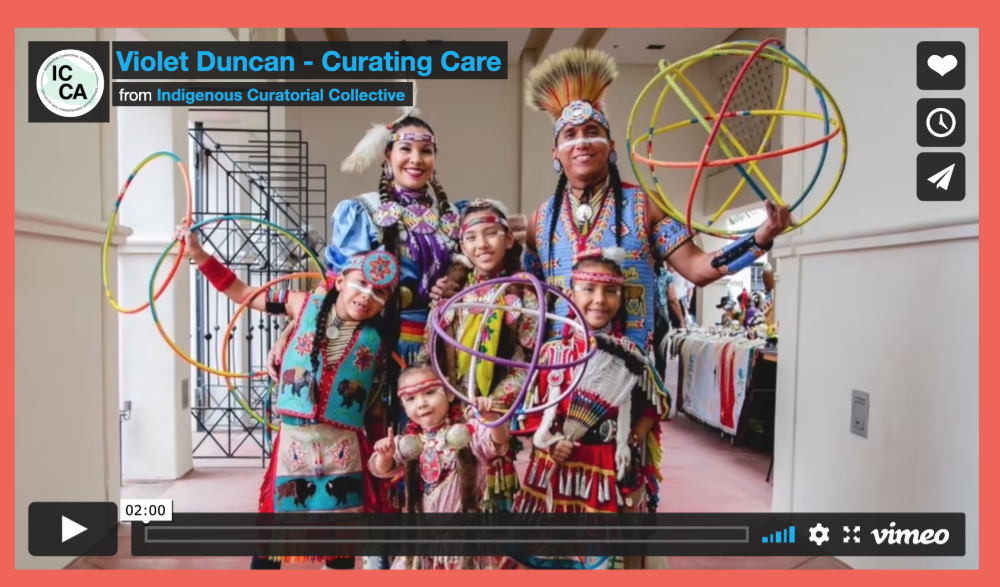
A significant expression of offline care manifested this year through an international emergency response relief fund by the Indigenous Curatorial Collective. This small-but-robust arts organization launched a series of support programs for independent Indigenous curators and artists. Curating Care and Community Cares doled out honorariums for these creators to produce video content—to the collective tune of nearly half a million Canadian dollars.[19]
These short, self-made videos give voice to an international range of rich artistic and curatorial practices. The Collective posed open questions that applicants were to address: “What role does ‘care’ play in your practice? How do our individual Indigenous identities inform how we take care and how we work?” Thus did a novel programme emerge designed to support a discourse of care for the knowledges that underpin Indigenous curatorial methodologies. The results were a wide-ranging discussion of responsibility and care across diverse communities—many of which lack the infrastructure of both technology and cultural institutions.[20] The Indigenous Curatorial Collective’s actions directly address the syndemic condition of the epidemic—where ecological and social factors collide and are felt especially in racialized communities.[21] These actions step outside the narrow community schema of commercial platforms on the Net, supporting in its place what Michif curator and art historian Cathy Mattes calls Indigenous littoral curation, centred on dialogue and reciprocity.[22]
Instead of employing digital tools in the service of centralized artworld forces (consider the rise and fall of NFTs), models like these centre on caring for community at local and regional levels. These online-offline communities are not stagnant groups of ‘friends,’ but are complex and evolving, ongoing sets of interconnected relationships co-maintained and recreated: they are socially entangled, rather than merely networked. We still can join online to reach shared cultural horizons. But these offline actions—decentralized from Web media monopolies—support social relations outside the purview of ‘social’ media in forms of care that cannot be reduced to a list of clicks, views, likes and upvotes.
[1] Ted Regencia, Usaid Siddiqui, and Ramy Allahoum, “Global Coronavirus Death Toll Crosses 150,000: Live Updates,” April 18, 2020, aljazeera.com/news/2020/4/18/global-coronavirus-death-toll-crosses-150000-live-updates.
[2] Facebook Careers, “Can I Get a Hug? The Story of Facebook’s Care Reaction,” Facebook, July 15, 2020, facebook.com/careers/life/the-story-of-facebooks-care-reaction.
[3] Sherry Turkle, “Sherry Turkle: We Are Having a Crisis of Empathy” (Aspen Ideas Festival, June 29, 2015).
[4] Turkle.
[5] Eli Pariser, The Filter Bubble: How the New Personalized Web Is Changing What We Read and How We Think (New York: Penguin Random House, 2012).
[6] Sherry Turkle, Alone Together: Why We Expect More from Technology and Less from Each Other (New York: Basic, 2011), 47.
[7] Turkle, 47.
[8] Geert Lovink, Networks Without a Cause: A Critique of Social Media (Cambridge: Polity, 2011), 44.
[9] Lovink, 43.
[10] “Museums around the World in the Face of COVID-19” (Paris: UNESCO, May 2020), unesdoc.unesco.org/ark:/48223/pf0000373530.
[11] Only five percent of museums in Africa and Small Island Developing States were able to develop digital content this year. “Museums around the World in the Face of COVID-19.”
[12] In our Molior group discussions, curator Elisabeth Efua Sutherland spoke to her digital storytelling exhibition as part of the Fak’ugesi festival.
[13] Tim Schneider, “Virtual Art Fairs Were Seen as a Lifeline in the Lockdown Era. A New Study Shows They Are Failing New York’s Art Market,” Artnet News, November 18, 2020, news.artnet.com/market/new-york-art-market-online-viewing-rooms-1924575.
[14] Lovink, Networks Without a Cause, 2.
[15] Lovink, 164–65.
[16] Lovink, 156.
[17] Lovink, 160; Lovink, 162.
[18] Lovink, Networks Without a Cause, 156.
[19] Rea McNamara, “The Indigenous Curatorial Collective Advances Sovereignty in the Art World,” Hyperallergic, March 15, 2021, hyperallergic.com/623526/the-indigenous-curatorial-collective-advances-sovereignty-in-the-art-world.
[20] A 2018 survey indicates that only 24% of Indigenous Peoples in the Canadian land base have access to high-speed Internet. Government of Canada, “Communications Monitoring Report 2018” (Ottawa: The Canadian Radio-Television and Telecommunications Commission, 2019).
[21] Joni Adamson and Steven Hartman, “From Ecology to Syndemic: Accounting for the Synergy of Epidemics,” Bifrost: The New Normal? An Environmental Humanities Response (blog), accessed June 11, 2021, bifrostonline.org/joni-adamson-and-steven-hartman.
[22] Cathy Mattes, “Indigenous Littoral Curation: A Michif Jig in 3 Parts” (PhD Diss., Winnipeg, University of Manitoba, 2020).
